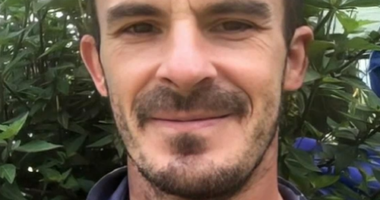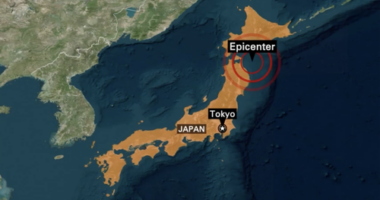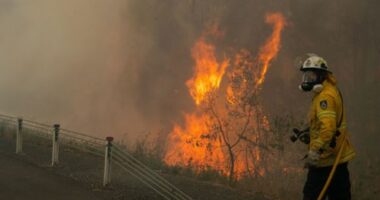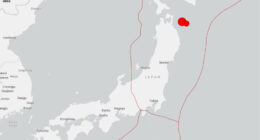Share this @internewscast.com
This phenomenon isn’t isolated. Our recent study, released today in Discover Animals, reveals that interactions between dolphins and whales are both widespread and common globally.
An astonishing interaction
Researchers suggested such close contact between whales and dolphins is likely very rare — and maybe related to caregiving.
Many are also featured on social media.
A ‘whale’s-eye view’ of the world
We identified behaviors including rolling, tail slapping, bow riding, and rubbing. Additionally, we noted dolphin placements in relation to whale body parts like the head, flank, and tail fluke.
Having fun or fighting?
Humpback whales were the most involved whale species, while bottlenose dolphins led the dolphin side.
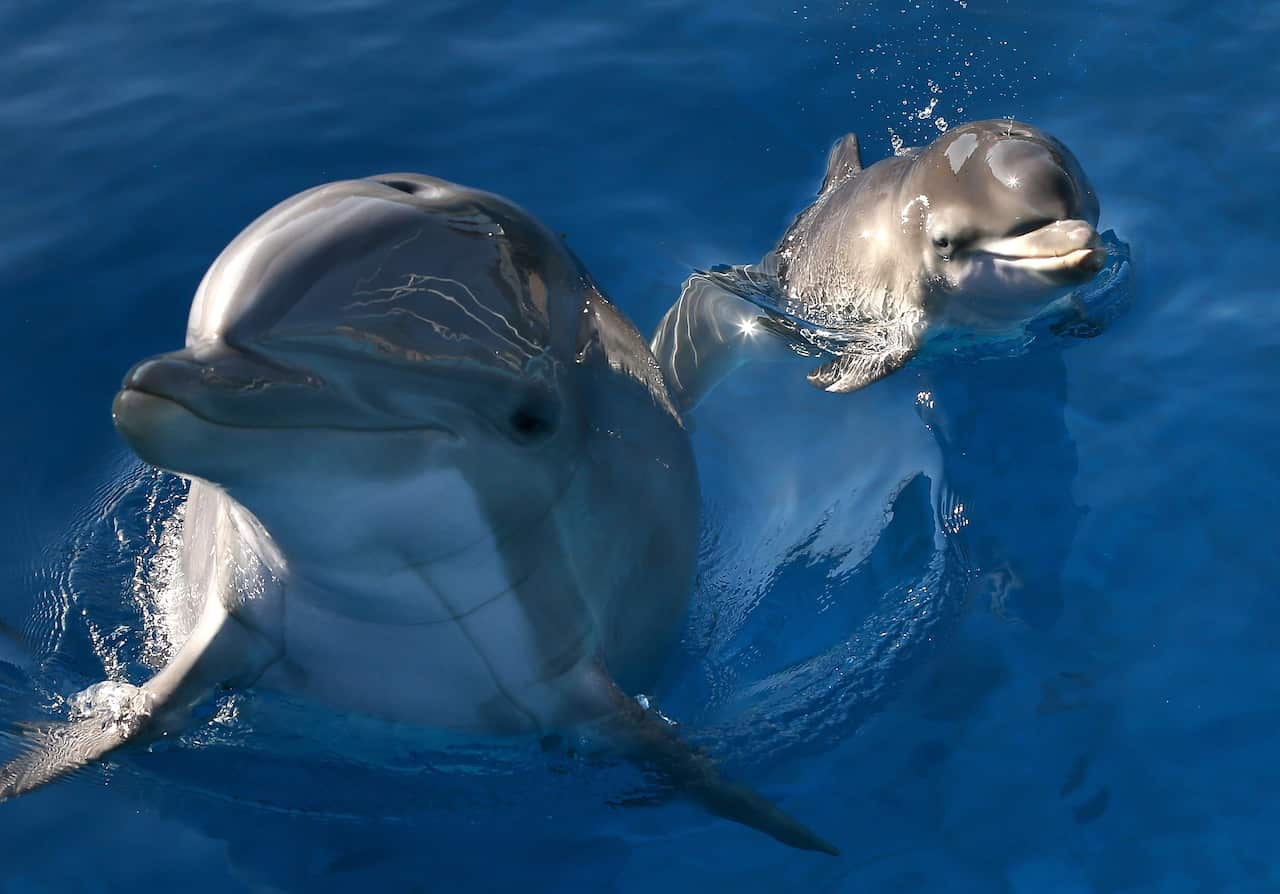
Bottlenose dolphins were the kind of dolphin that featured most frequently in interactions with whales. Source: Getty / Justin Sullivan
Based on videos we analysed, dolphins initiated most interactions through bow riding, swimming in formation, or even touching whales.
They maintained eye contact or even touched the whales’ head — suggesting intentional, possibly social, engagement.
Reflecting advanced emotional capabilities
Dolphins may seek out whales as companions for stimulation, play or even courtship-like behaviour.
![]()

